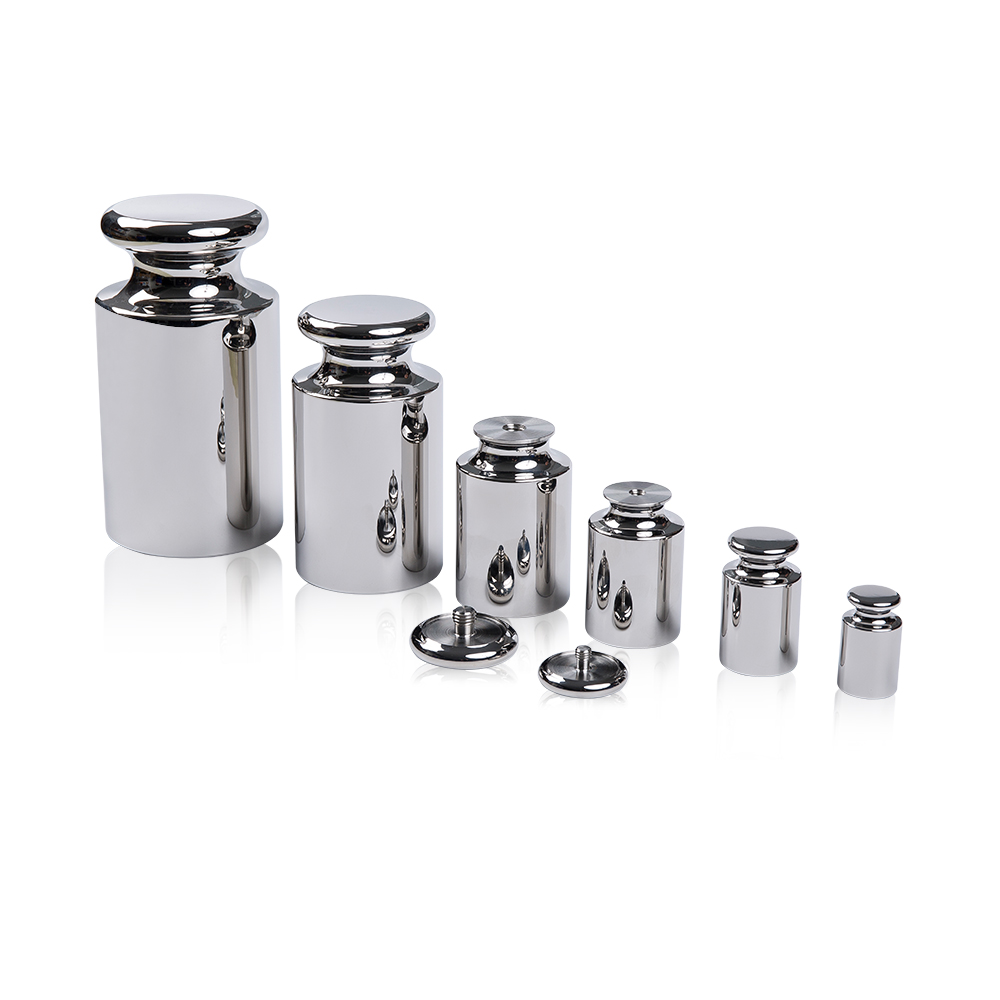Temperature and environmental conditions can have a profound impact on the performance of patented series test weights, affecting their accuracy, longevity, and overall reliability. Here’s a more detailed exploration of these effects:
Thermal Expansion:Material Behavior: Different materials react differently to temperature fluctuations. For example, metals typically expand when heated and contract when cooled. This thermal expansion can lead to minute changes in the dimensions of the test weight, potentially impacting its mass and leading to measurement inaccuracies. This is particularly critical in high-precision applications, where even slight variations can affect results significantly.Calibration Considerations: Because of thermal expansion, it is essential to calibrate test weights at the temperature at which they will be used. If weights are calibrated in one temperature range and used in another, the discrepancies may result in inaccurate readings.
Humidity and Moisture:Corrosion Effects: High humidity can lead to moisture accumulation on metal test weights, which may result in rust or corrosion. This not only affects the aesthetic appearance of the weights but can also compromise their mass and structural integrity. Even small amounts of corrosion can lead to significant inaccuracies, especially in precision applications.Weight Alteration: Moisture can also affect non-metal weights, such as those made from composite materials. If they absorb moisture, their mass could effectively increase, skewing measurement results.

Dust and Contaminants:Surface Residue Impact: Environmental factors such as dust, dirt, or other contaminants can accumulate on the surfaces of test weights. This buildup can create a layer that adds to the weight or alters the contact area during measurements, leading to inaccuracies. Maintaining a clean environment for storage and usage is crucial to ensure that weights provide accurate readings.Cleaning Practices: Regular cleaning with appropriate materials (avoiding harsh chemicals that could damage the weights) helps maintain their precision.
Pressure Variations:Atmospheric Influence: In highly sensitive applications, variations in atmospheric pressure can affect weight measurements. For example, lighter weights may be more susceptible to such variations. In high-precision laboratories, it's essential to control environmental conditions, including pressure, to ensure reliable results.
Storage Conditions:Environmental Control: Proper storage is critical for preserving the accuracy and longevity of patented series test weights. They should be stored in a controlled environment, ideally at stable temperatures and humidity levels. Exposure to extreme temperatures, high humidity, or direct sunlight can degrade the materials over time.
Impact of Vibration: Additionally, test weights should be stored in a manner that protects them from vibrations or shocks, which could also affect their calibration and accuracy.
User Practices:Awareness of Conditions: Users should be aware of the environmental conditions in which they are operating. For instance, using test weights in a laboratory with frequent temperature fluctuations might require more frequent calibrations to ensure accuracy.Training and Protocols: Training for users on the importance of environmental conditions and proper handling techniques can help maintain the integrity of the test weights.
Temperature and environmental conditions play a crucial role in the performance of patented series test weights. Understanding these factors and implementing best practices for storage, cleaning, and usage can significantly enhance the accuracy and reliability of measurements. Regular inspections and calibrations are essential to adapt to any changes in the environment.

 English
English















